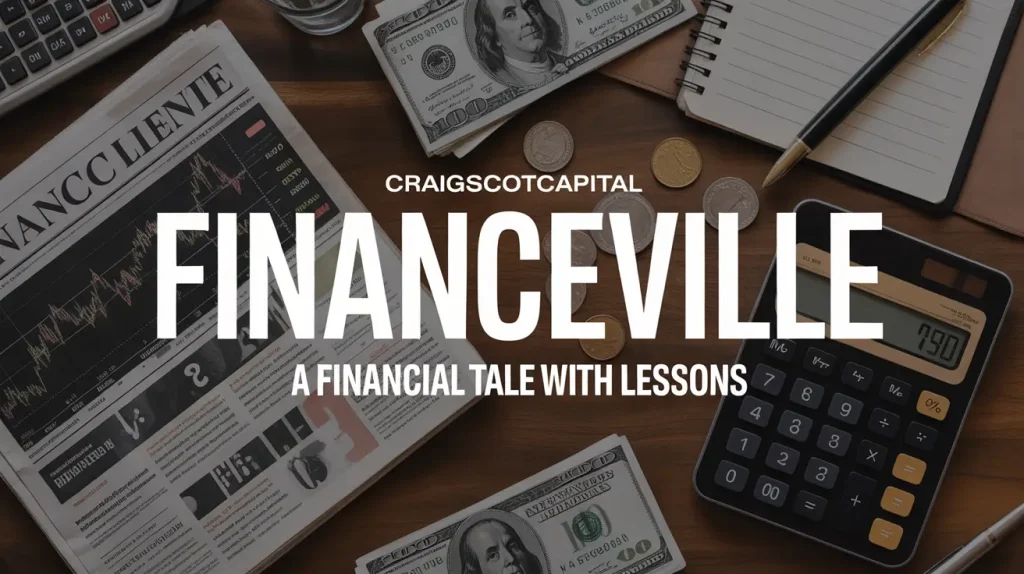Why Did Hang Ease Go Out of Business 2025 | Full Story

Hang Ease, once recognized for its simple yet clever innovation—the flexible hanger designed to prevent clothing from stretching—captured attention when it appeared on the TV show Shark Tank. The product had all the elements of success: a relatable problem, a practical solution, and mass-market potential. Yet, despite its promising start, the company quietly faded away. Understanding why did hang ease go out of business went out of business requires more than just a surface-level look; it involves examining product challenges, marketing missteps, financial hurdles, and consumer behavior shifts.
The Rise of Hang Ease: A Promising Start
Hang Ease was founded with the mission to solve a problem every household faces—damaged or stretched clothes from rigid hangers. The invention was simple: a flexible plastic hanger that could bend in the middle, making it easier to hang clothes without tugging the neckline. The idea was both unique and functional, which quickly earned attention.
The company’s big break came when it appeared on Shark Tank. The young founder presented the innovation with enthusiasm, impressing the investors with a clever demonstration. The judges appreciated the creativity and practicality of the product, and one of the “sharks” decided to invest, believing the product could revolutionize the way people store their clothes.
Initially, the exposure brought a surge in sales. Many consumers were eager to try out the product they saw on national television, and for a brief moment, Hang Ease seemed poised for major retail success.
Manufacturing Challenges and Product Quality Issues
While the idea was sound, execution became a significant problem. The first batches of Hang Ease hangers were not as durable as expected. The flexible hinge, which was supposed to be the product’s strength, often became its weakness. Many customers reported that the hangers broke after minimal use.
In consumer product businesses, especially ones dependent on repeat purchases and positive reviews, early complaints can have lasting consequences. Hang Ease struggled to maintain consistency in production, which led to dissatisfaction among customers and negative feedback on online platforms. Once the reputation of a product starts to suffer, recovery becomes extremely difficult without strong branding and effective customer service—two areas where the company lacked sufficient resources.
Marketing and Branding Missteps
After its Shark Tank appearance, Hang Ease had a golden opportunity to build a strong brand identity. However, the marketing approach remained limited. Instead of expanding its reach through online marketing, partnerships, and product demonstrations, the brand relied heavily on initial publicity.
Another key issue was lack of differentiation. The product was practical but not protected by strong patents or exclusive features, which allowed competitors to develop similar hangers at lower prices. Large retail stores began introducing flexible and space-saving hangers of their own, often with better quality and at cheaper prices. Hang Ease failed to maintain its market presence once alternatives started to flood the market.
Financial Struggles and Poor Supply Chain Management
For small startups, maintaining cash flow is one of the toughest challenges. Hang Ease faced difficulties balancing production costs, marketing expenses, and supply chain logistics. When demand spiked after Shark Tank, the company couldn’t keep up with orders. Delays in shipping and product shortages caused frustration among early customers.
Moreover, without consistent sales or a sustainable distribution strategy, the company struggled to stay afloat. Many reports suggest that Hang Ease’s operations became inconsistent, with long gaps in product availability. Retail partners eventually stopped restocking due to poor demand, leading to declining visibility and revenue.
Competition and Market Saturation
Hang Ease entered a market already filled with numerous alternatives. Traditional hangers were cheap and easily available, and new innovations in closet organization were emerging rapidly. As consumers became more conscious about aesthetics and durability, they began choosing premium hangers made of wood, velvet, or metal.
Flexible plastic hangers like Hang Ease were no longer seen as essential; instead, they appeared to be a novelty item. Competing brands also began introducing space-saving hangers that could hold multiple clothes, making them more practical. Hang Ease’s single-function design couldn’t compete with multi-functional options available at the same or lower price points.
Lack of Continued Innovation
A critical factor behind Hang Ease’s downfall was its failure to evolve. In product-driven industries, innovation determines longevity. Instead of introducing new designs or expanding into related product lines, Hang Ease remained focused on its original concept. Without diversification, even a great idea can fade away once the novelty wears off.
Companies that succeed in similar markets constantly update their designs, experiment with materials, and improve user experience. Hang Ease failed to invest in research and development, leading to a stagnant product line. Eventually, both consumers and retailers lost interest.
Consumer Trust and Brand Perception
In the age of digital reviews and social media, consumer trust is everything. Once buyers began reporting issues with broken hangers and inconsistent quality, the negative buzz spread quickly. Unlike larger companies that can afford strong customer support teams to manage complaints, Hang Ease lacked the infrastructure to handle growing dissatisfaction.
Additionally, the brand’s online presence weakened over time. Its official website became inactive, and social media accounts were rarely updated. The absence of communication made consumers question the reliability of the brand. Trust, once broken, is incredibly hard to rebuild in the modern marketplace.
The Silent Exit
Unlike many companies that formally announce bankruptcy or closure, Hang Ease quietly disappeared. Its products were gradually pulled off retail shelves and removed from online marketplaces. There were no public statements, no press releases, and no formal shutdown announcement.
This silent exit indicates that the business may have simply run out of resources to continue. Without fresh investment or partnerships, the company likely couldn’t recover from declining sales and production challenges.
Lessons from the Fall of Hang Ease-why did hang ease go out of business
Hang Ease’s story serves as an important lesson for startups. Having a good idea and initial publicity is not enough to ensure long-term success. The company’s downfall highlights several critical business principles:
-
Quality consistency is more important than marketing hype.
-
Customer trust must be earned and maintained through reliable performance.
-
Innovation must continue beyond the first product launch.
-
Financial planning and sustainable growth strategies are essential for stability.
While Hang Ease had the right start, the lack of long-term planning and product improvement prevented it from building a strong, loyal customer base.
The Legacy of Hang Ease
Even though Hang Ease went out of business, its concept left a mark in the world of consumer innovation. Many modern hanger designs still borrow the flexibility concept that Hang Ease popularized. It serves as a reminder that creative solutions can inspire new developments even if the original brand doesn’t survive.
The story also reflects how television exposure, while powerful, cannot guarantee sustainability. Success in the consumer market requires more than attention—it demands quality, consistency, and continuous evolution.
FAQs About Hang Ease Going Out of Business
1. What was Hang Ease?
Hang Ease was a flexible plastic hanger designed to make hanging clothes easier without stretching or damaging them. It gained popularity after appearing on Shark Tank.
2. Why did Hang Ease fail despite being featured on Shark Tank?
The company faced quality control issues, weak marketing strategies, and financial instability, which led to loss of consumer trust and declining sales.
3. Are Hang Ease hangers still available today?
They are no longer available in major retail stores or on popular e-commerce platforms. Occasionally, old stock may appear online, but the brand itself is inactive.
4. Did Hang Ease have patent protection?
The product was innovative, but it did not have strong patent protection. Competitors quickly created similar designs, which affected its market position.
5. What can entrepreneurs learn from Hang Ease’s story?
Entrepreneurs can learn that innovation must be backed by consistent quality, customer satisfaction, and adaptability to changing market trends.
Conclusion- why did hang ease go out of business
Hang Ease’s journey from Shark Tank fame to quiet closure illustrates the challenges of turning innovation into sustainable business success. It wasn’t the lack of a good idea that caused the downfall, but rather the inability to maintain quality, manage competition, and evolve with the market. While Hang Ease may be gone, its story continues to offer valuable lessons for startups striving to balance creativity, practicality, and business endurance.
For More Visits: Mymagazine
Also Read: HCS 411GITS Error Codes 2025 | Complete Fixing Guide

 English
English 


























































































































































































![swimsuit edition [abbb] - 1.20 21 swimsuit edition - chapter](https://mymagazine.blog/wp-content/uploads/2025/09/swimsuit-edition-abbb-1.20-21-swimsuit-edition-chapter1-1024x574.webp)























































































































































































































































